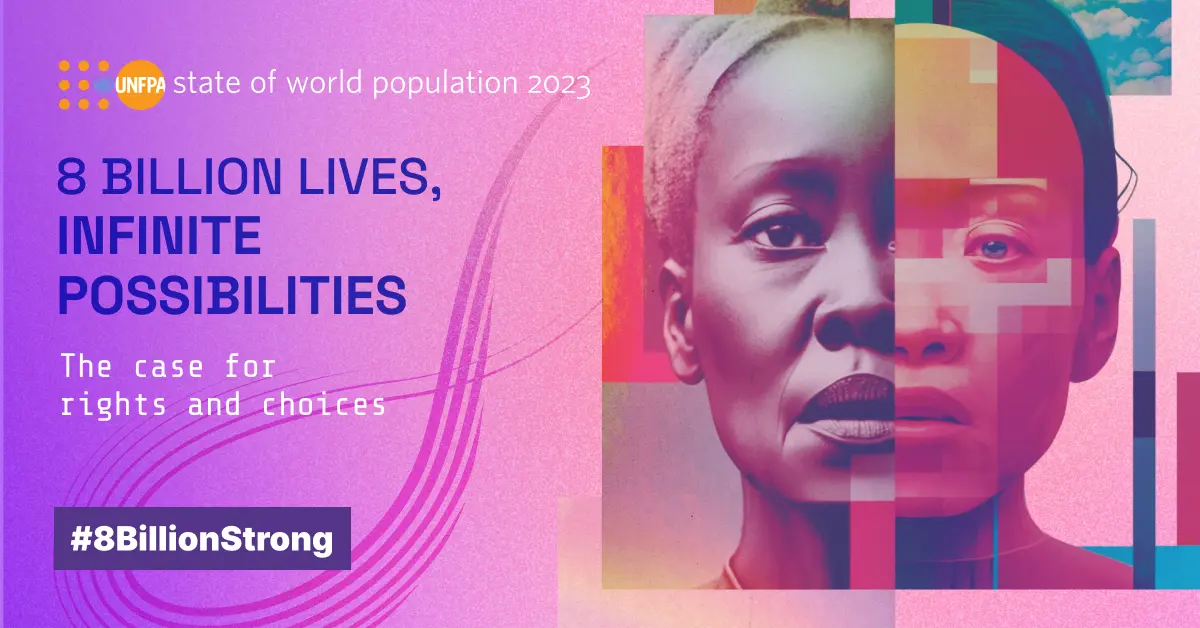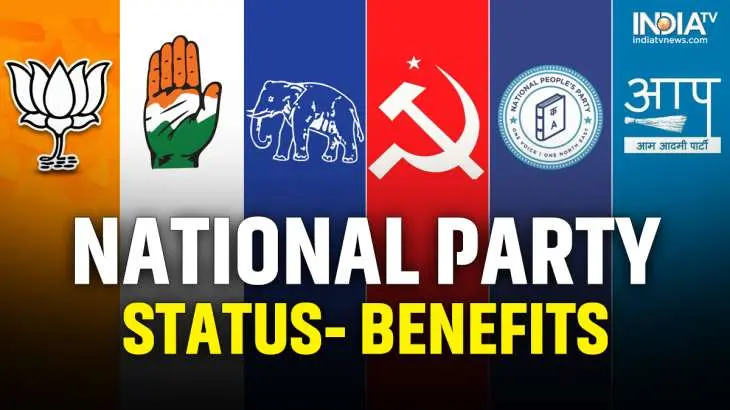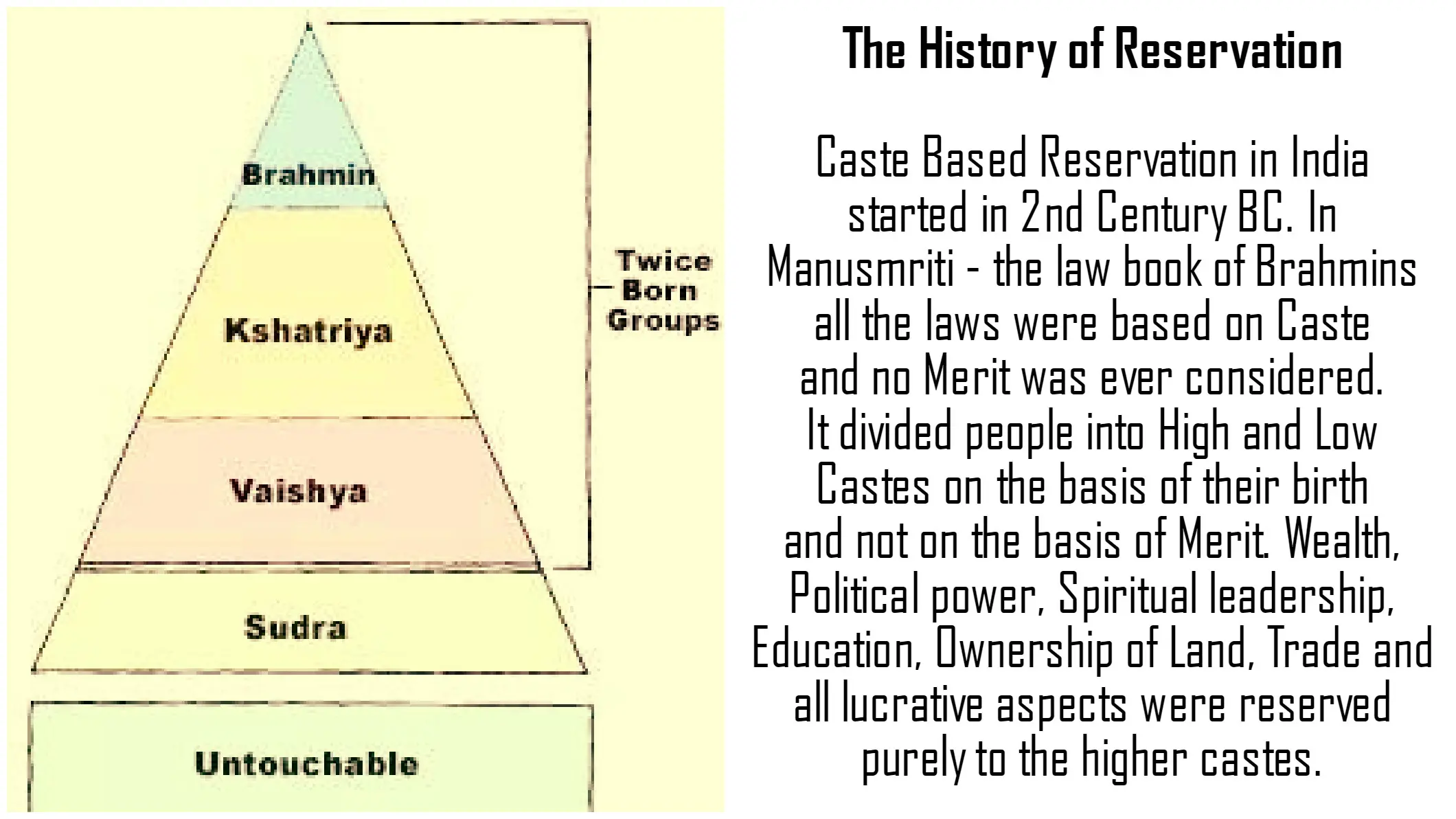UN population report: Key takeaways for India and the world
key government schemes and policies
Vision To achieve Aatmanirbharta and a US $ 5 trillion economy by 2025, there was a need to create multimodal and last mile connectivity infrastructure across the country. This would ensure a modal mix of transportation, reduced logistics cost, increased export competitiveness and a virtuous cycle of higher investments, growth and employment generation in the economy. However, achieving an efficient and seamless multimodal transportation network is no easy task. It requires independent government departments to work in close coordination and across all layers of project planning and implementation. The lack of such coordination can duplicate efforts made, isolate any progress achieved and create wasteful expenditures which greatly affect the pace of development. Therefore, a need was felt to institutionalise holistic planning, integration of existing progress by different ministries, and synchronised project implementation for achieving this vision. Launched by the Hon’ble Prime Minister on October 13, 2021, PM GatiShakti adopts a ‘whole of the government approach’ and ‘cooperative federalism’ to transform India’s infrastructural landscape.Aim & Objective Through integrated planning and synchronised project implementation across all concerned Ministries and State Governments, PM GatiShakti’s objective is to improve multimodal connectivity, logistics efficiency and address critical infrastructure gaps for seamless movement of people, goods and services in the country. The aims of PM GatiShakti are: Establish synergies among different ministries during the planning stage itself. Align timelines of various projects through efficient planning, Promote standardisation of the designs for efficient project approval Enable standardised procedures by all the agencies to reduce project delays PM Gati Shakti is based on six pillars:Comprehensiveness: It will include all the existing and planned initiatives of various Ministries and Departments with one centralized portal. Each and every Department will now have visibility of each other's activities providing critical data while planning & execution of projects in a comprehensive manner.Prioritization: Through this, different Departments will be able to prioritize their projects through cross-sectoral interactions.Optimization: The National Master Plan will assist different ministries in planning for projects after identification of critical gaps. For the transportation of the goods from one place to another, the plan will help in selecting the most optimum route in terms of time and cost.Synchronization: Individual Ministries and Departments often work in silos. There is lack of coordination in planning and implementation of the project resulting in delays. PM Gati Shakti will help in synchronizing the activities of each department, as well as of different layers of governance, in a holistic manner by ensuring coordination of work between them.Analytical: The plan will provide the entire data at one place with GIS based spatial planning and analytical tools having 200+ layers, enabling better visibility to the executing agency.Dynamic: All Ministries and Departments will now be able to visualize, review and monitor the progress of cross-sectoral projects, through the GIS platform, as the satellite imagery will give on-ground progress periodically and progress of the projects will be updated on a regular basis on the portal. It will help in identifying the vital interventions for enhancing and updating the master plan. A Whole of the Government ApproachPM GatiShakti fosters a whole of the government approach by bringing together 27 Central Government Ministries under a single institutional framework. An Empowered Group of Secretaries (EGoS) under the Chairmanship of Cabinet Secretary has been constituted to oversee the implementation of PM GatiShakti.It is the apex body with 23 infrastructure and user ministries of the Government of India. An integrated multimodal Network Planning Group (NPG) has beenoperationalised with representation from 8 various infrastructure Ministries involving heads of their Network Planning Division. NPG examines projects and puts them up to EGoS for approval. Logistics Division, DPIIT is the Secretariat of the NPG and Technical Support Unit with a group of domain/subject matter experts which support the evaluation process. Involving every concerned Central Ministries/Departments within a single institutional structure, 81 High Impact Projects, 54 NPG Projects, and 197 CriticalInfrastructure Gaps have been identified and evaluated by the institutional mechanism under PM GatiShakti. Furthermore, last mile infrastructure connectivity projects for sectors such as agriculture, food, steel and coal have also been examined in the last one year. Promoting Cooperative Federalism in Infrastructure DevelopmentUnder PM GatiShakti, integrated development of infrastructure in the country by the Government with all the State Governments is in consonance with the federal spirit. States and UTs have also replicated a similar institutional structure for integrated planning and synchronised project implementation through the PM GatiShakti mechanism. 36 States and UTs have been using their EGoS, NPG and TSU for project examination, planning, and synchronised implementation.Special Assistance to States for Capital Expenditure The Government of India has also issued the “Scheme for Special Assistance to States for Capital Expenditure” on 6th April, 2022. The scheme provides guidelines for financial assistance to the State Governments of 1 lakh crores in the form of 50-year interest free loan for capital investments including Rs 5000 crores earmarked for PM GatiShakti projects.Promoting Ease of Logistics Across StatesLogistics Ease Across Different States (LEADS) is an indigenous data driven index which focuses on providing a common platform for a consultative and collaborative framework for Central and State Governments to work in a coordinated manner in the logistic sector for achieving ease of logistics. LEADS is an annual study that has a three-fold objective-1. Categorise States and Union Territories in the logistics ecosystem,2. Facilitate feedback from stakeholders involved in the logistics value chain;3. Recommend action points based on the issues and challenges faced by the logistics playersLEADS has brought in an increased awareness amongst States and UTs for holistic development of logistics ecosystems. It has facilitated continuous communication between State and Central Governments for improvement of the Logistics ecosystem. The LEADS survey report assists PM GatiShakti to perform a network mapping of logistics infrastructure, services and regulatory environment. This enables State Governments to identify and fill the gaps and achieve data driven multimodal connectivity.Zonal Conferences and Training WorkshopsTo sensitise States and UTs over the principles and approach of PM GatiShakti, 6 zonal conferences were organised across the country.Catalysing Infrastructure Planning With TechnologyThe PM GatiShakti NMP is a technology backed infrastructure development platform with GIS based data layers of infrastructure, geographic features and demography, and various decision support systems. Developed by BISAG-N, the platform enables integrated planning, synchronised implementation, and project monitoring. The platform aims at enhancing industrial productivity and helping the country achieve its green logistics and clean energy goals by enormously boosting the multi-modal connectivity across highways, railways, ports, airports, logistics infrastructure, mass urban transportation and inland waterways. The NMP also has customised decision making and planning tools for functionalities of adding project/data; measure proximity; identification of Go/No Go Area; obtaining NOC from different departments, etcUsing National Master Plan for Integrated DevelopmentThe integrated data by various Ministries and State Governments such as pharmaceutical clusters, defence corridors, electronic parks, industrial corridors, fishing clusters, and agricultural zones help plan various multimodal and last mile connectivity projects that will make Indian business more competitive and thus boost Indian economic growth, attract foreign investments and enhance the country’s global competitiveness. 36 States/UTs and 27 Central Government Ministries/Departments are using the NMP platform and the insitutional mechanisms of PM GatiShakti for transforming their economic and socialinfrastructure.Improved Planning of Greenfield ProjectsUsing the PM GatiShakti NMP , the Ministry of Railways, Transport and Highway (MoRTH) has been able to bring significant impact on National Highway Project planning in the country. The availability of various data layers including economic nodes and ecologically sensitive zones have helped optimise key infrastructure projects such as 20% Forest Area Interference optimization in thePune – Bengaluru EXP and improved connectivity of the Indo Nepal – Border – Haldia with 30 Economic nodes.Data-driven and Prioritised Capacity Augmentation of InfrastructureUsing the PM GatiShakti NMP, the Ministry of Railways has been able to plan a total 126 railway projects in a year. The decision-making tools available on the PM GatiShakti NMP have expedited many projects which had previously stalled. For instance, the Taranga hill -Ambaji – Abu Road Broad Gauge New Railway line had stalled due to lack of khasra wise data and need for field survey to assess intersections. The availability of layers upto khasra level and functions for clearance and cost estimation on NMP Platform had expedited the project planning to just 7 days. The Ministry is also developing a dynamic dashboard that will monitor the progress of Railway projects undertaken in the NMP Platform to achieve timely completion Analysis and Bridging of Critical Infrastructure GapsThrough the extensive usage of the NMP Platform the Ministry of Ports, Shipping and Waterways was able to plan key port connectivity projects that would provide modal mix and reduce cost of transportation to the hinterlands of the country. For instance, the International & Domestic Cruise Terminal, RoPax, Ferry and other allied facilities at the Mormugao Port made it very important to ease hinterland connectivity. Similarly, Visakhapatnam Port Authority used NMP portal for planning the flyover from seahorse junction to Visakhapatnam port dock for ease of entry and egress.Uses in Social SectorThrough the usage of NMP platform, the State of Gujarat was able to identify land for the construction of new anganwadis in the district of Surendranagar.Through the usage of gap identification tools on the NMP for the purposes of the state, district boundaries, road networks, river and water bodies in the region can be identified. The tools helped in identification of suitable land for the construction of the Anganwadi in the Khelri village.Ensuring Timely Completion of ProjectsTo resolve bottlenecks and ensure timely completion of projects, the PM GatiShakti NMP has been integrated with the Project Monitoring Group (PMG) that has expedited any arising resolution of issues and regulatory bottlenecks in projects in the country. In the last one year, more than 1500 resolved related 300+ infrastructure projects under the PM GatiShakti in Central or State Level Sensitising Various Decision MakersTo maximise the ongoing efforts in integrated and synchronised infrastructure development, PM GatiShakti focuses on the capacity building of many policy and decision makers across all layers of the governance. PM GatiShakti on IGoT To sensitise various civil servants on the uses of PM GatiShakti NMP, a course on PM GatiShakti has been launched on the IGoT Platform of Department of Personnel Training. The course has 4 modules of which the first has been uploaded on the IGoT Portal while the rest are in advanced stages of development.















